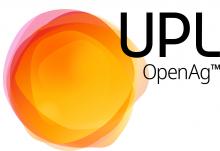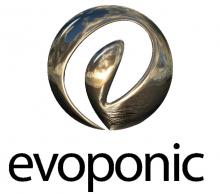Biostimulant products can contain individual product types or mixtures of product types, and these can be both microbial and/or non-microbial. Examples of microbial biostimulants include plant growth promoting bacteria and rhizobacteria (PGPB), non-pathogenic fungi, arbuscular mycorrhizal fungi (AMF). Non-microbial biostimulants can include seaweed extracts, humic substances and fulvic acids protein hydrolysates, amino acids and synthetic biostimulants (AHDB Research Review No. 89). But this list is not exhaustive, there are a lot of different products out there.
The biostimulant market is growing rapidly however more independent research is needed to test product efficacy, with variable results often seen depending on the conditions or products and crops under test. In the UK, more in field experimentation is needed to find the most appropriate dosage, timings and management for UK crops. Biostimulant product claims include improving stress tolerance and nutrient uptake, but the economics and in field relevance is yet to be proven under UK conditions.
ADAS has recently been funded by DEFRA to review biostimulants efficacy as part of Project 31280 and these results will be shared when available.
What is your experience with biostimulants? Have you tested them? Do you have data to share? Please add comments below to start the discussion.














Discussion
Microbial 'Biologicals' can include:
Other biological substances include
Good discussion in this LinkedIn post: